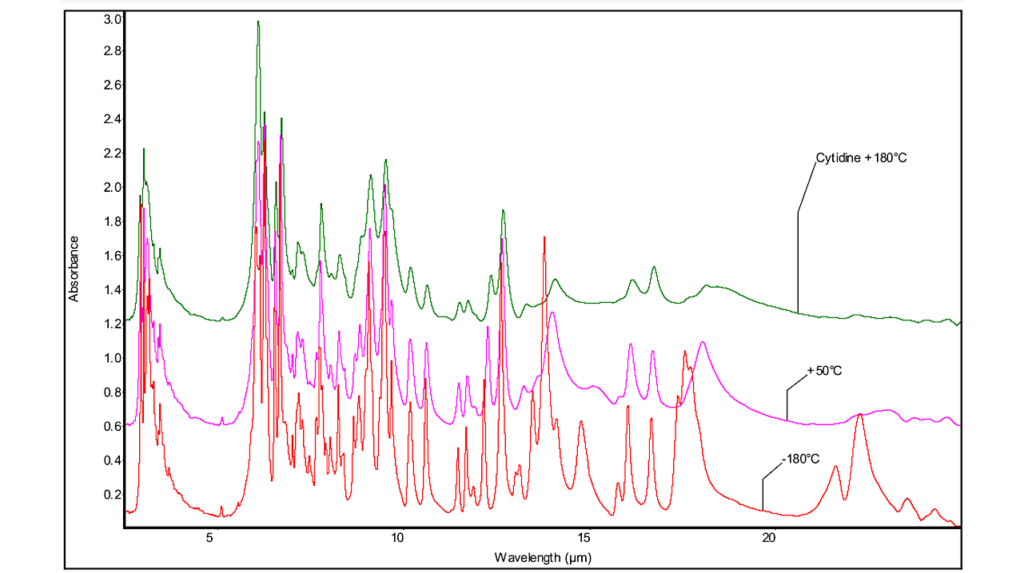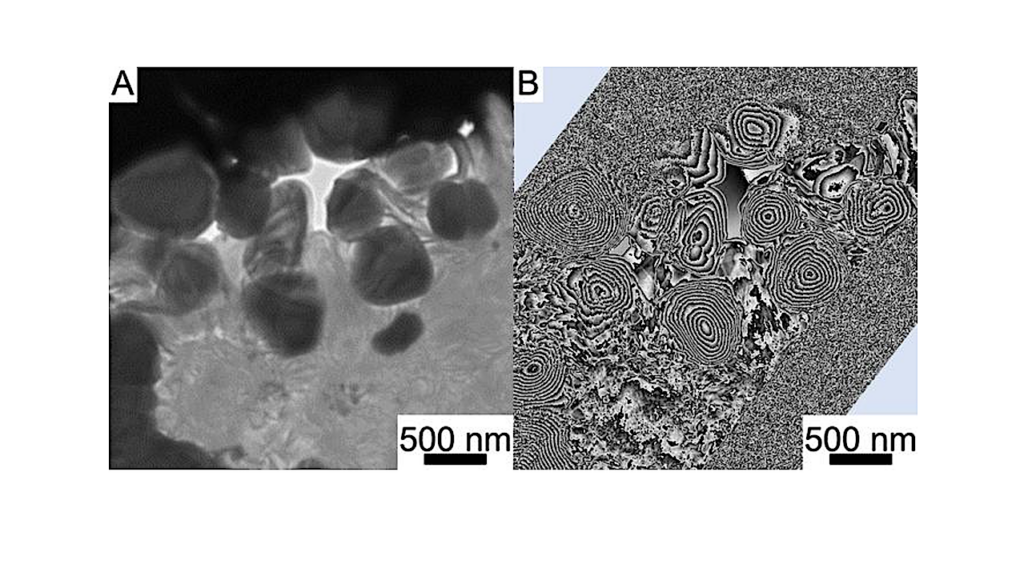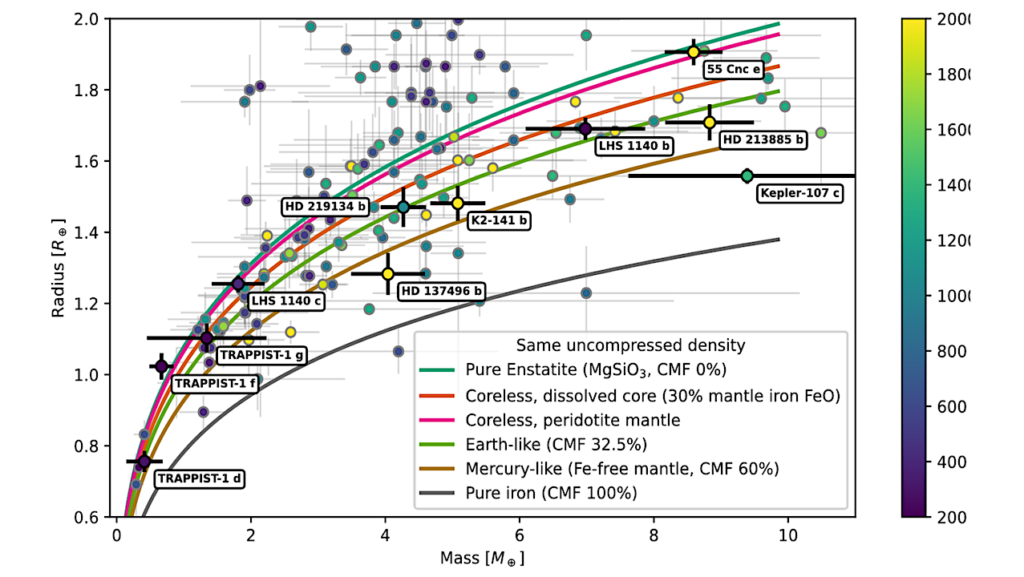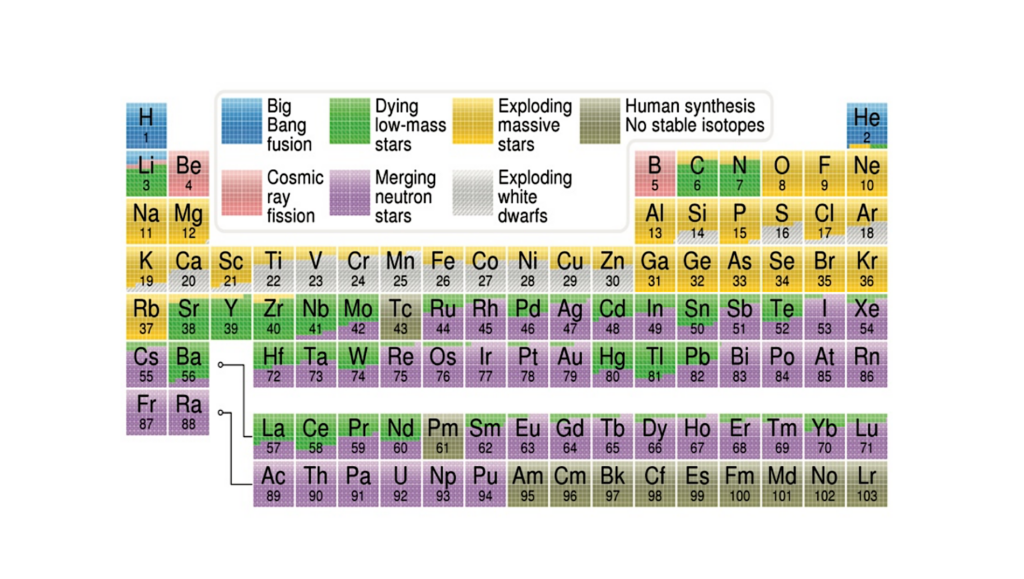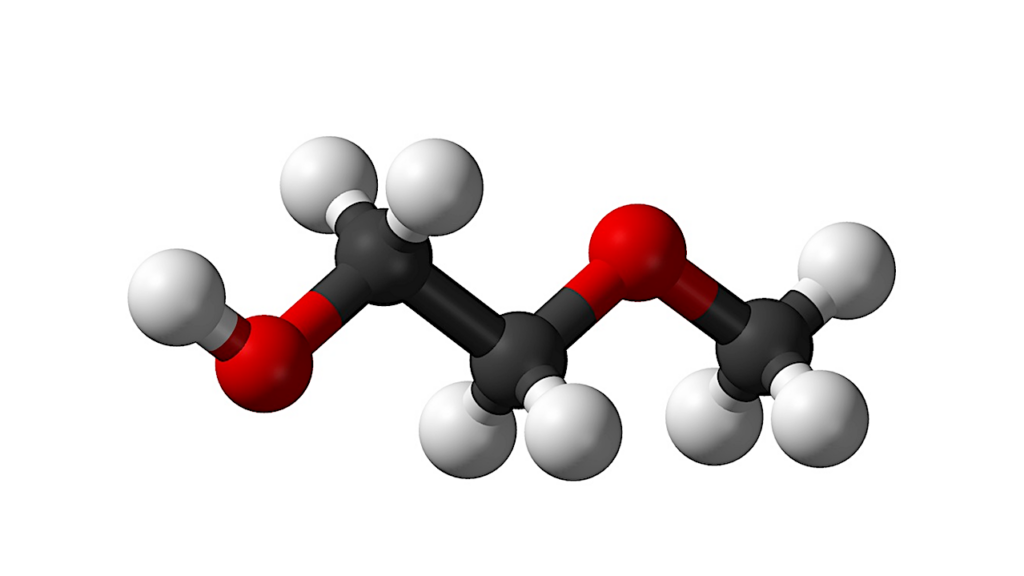Atomic Carbon, Nitrogen, And Oxygen Forbidden Emission Lines In The Water-poor Comet C/2016 R2 (Pan-STARRS)

The N2 and CO-rich and water-depleted comet C/2016 R2 (Pan-STARRS) (hereafter `C/2016 R2′) is a unique comet for detailed spectroscopic analysis.
We aim to explore the associated photochemistry of parent species, which produces different metastable states and forbidden emissions, in this cometary coma of peculiar composition. We re-analyzed the high-resolution spectra of comet C/2016 R2, which were obtained in February 2018, using the UVES spectrograph of the European Southern Observatory (ESO) Very Large Telescope (VLT). Various forbidden atomic emission lines of [CI], [NI], and [OI] were observed in the optical spectrum of this comet when it was at 2.8 au from the Sun.
The observed forbidden emission intensity ratios are studied in the framework of a couple-chemistry emission model. The model calculations show that CO2 is the major source of both atomic oxygen green and red-doublet emissions in the coma of C/2016 R2 (while for most comets it is generally H2O), whereas, CO and N2 govern the atomic carbon and nitrogen emissions, respectively. Our modelled oxygen green to red-doublet and carbon to nitrogen emission ratios are higher by a factor {of 3}, when compared to the observations. These discrepancies can be due to uncertainties associated with photon cross sections or unknown production/loss sources.
Our modelled oxygen green to red-doublet emission ratio is close to the observations, when we consider an O2 abundance with a production rate of 30\% relative to the CO production rate. The collisional quenching is not a significant loss process for N(2D) though its radiative lifetime is significant (∼10 hrs). Hence, the observed [NI] doublet-emission ratio ([NI] 5198/5200) of 1.22, which is smaller than the terrestrial measurement by a factor {1.4}, is mainly due to the characteristic radiative decay of N(2D).
S. Raghuram, D. Hutsemékers, C. Opitom, E. Jehin, A. Bhardwaj, J. Manfroid
(Submitted on 10 Jan 2020)
Comments: 15 pages,11 Figures, 7 Tables
Subjects: Earth and Planetary Astrophysics (astro-ph.EP)
Cite as: arXiv:2001.03315 [astro-ph.EP](or arXiv:2001.03315v1 [astro-ph.EP] for this version)
Submission history
From: Susarla Raghuram
[v1] Fri, 10 Jan 2020 05:33:44 UTC (408 KB)
https://arxiv.org/abs/2001.03315
Astrobiology, Astrochemistry


